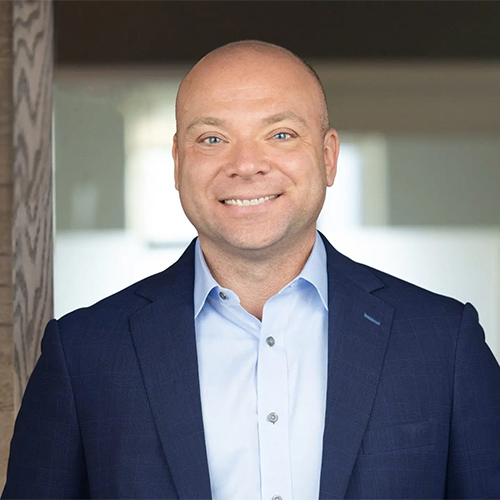Writing a will or estate planning documents may sound easy. In fact, people don’t even need a lawyer to write their own will. Nowadays, there are so many shortcuts and DIY means to draft a will like those downloadable and editable formats available online.
These can be practical solutions and may work for extremely basic estate. But a lot of times, they can cause dire consequences and make things more challenging for the family and beneficiaries. Without a lawyer helping them plan their estate, a lot of people make crucial mistakes that cause problems in the long run.
One DIY document that lawyers have to fix in court all the time is the real estate deed. And this is the one document that is not advisable to do as a DIY project.
What is a real estate deed?
A real estate deed is what transfers title from a house to a person or from one person to another. This is a very serious document that requires really specific details.
Specificities Needed in a Real Estate Dead
- The names listed should be consistent
The name on the title and real estate deed should be very consistent and identical. Otherwise, it will cause problems. For example, if the name on the title is Philip J. Ruce, the name on the estate deed should be exactly the same. Even listing Philip Ruce alone would be an issue.
- There should be a clear indication of joint tenantship
If spouses are to be named in the real estate deed, there should be a clear indication that they are joint tenants. This needs to be written in the deed, otherwise, they won’t own the house together in that manner and they will own the property separately.
Clearly indicating joint tenantship is important to give rise to the setup wherein one spouse gets the property automatically when the other passes away. Without writing that the spouses are joint tenants, the surviving spouse will not automatically get the house upon the death of the other.
On the other hand, if one does not want the house to go to their joint tenant, then it should be clearly indicated in the real estate deed as well.
- List the trust exactly right
If one wants the real estate deed to name a trust, the trust should be listed exactly right. It needs to be very specific. For example, if the trusts name is “Phillip Ruce Trust”, the real estate deed should say exactly that and not “Phil Ruce Trust.”
These are mistakes that lawyers end up having to fix in court all the time. And remedying these is a very expensive process. What people can do is to consult their attorneys and make sure that all documents, especially the real estate deed, are accurate and specific. Fixing the problems early on is much better and more cost-effective than trying to fix it in court.





